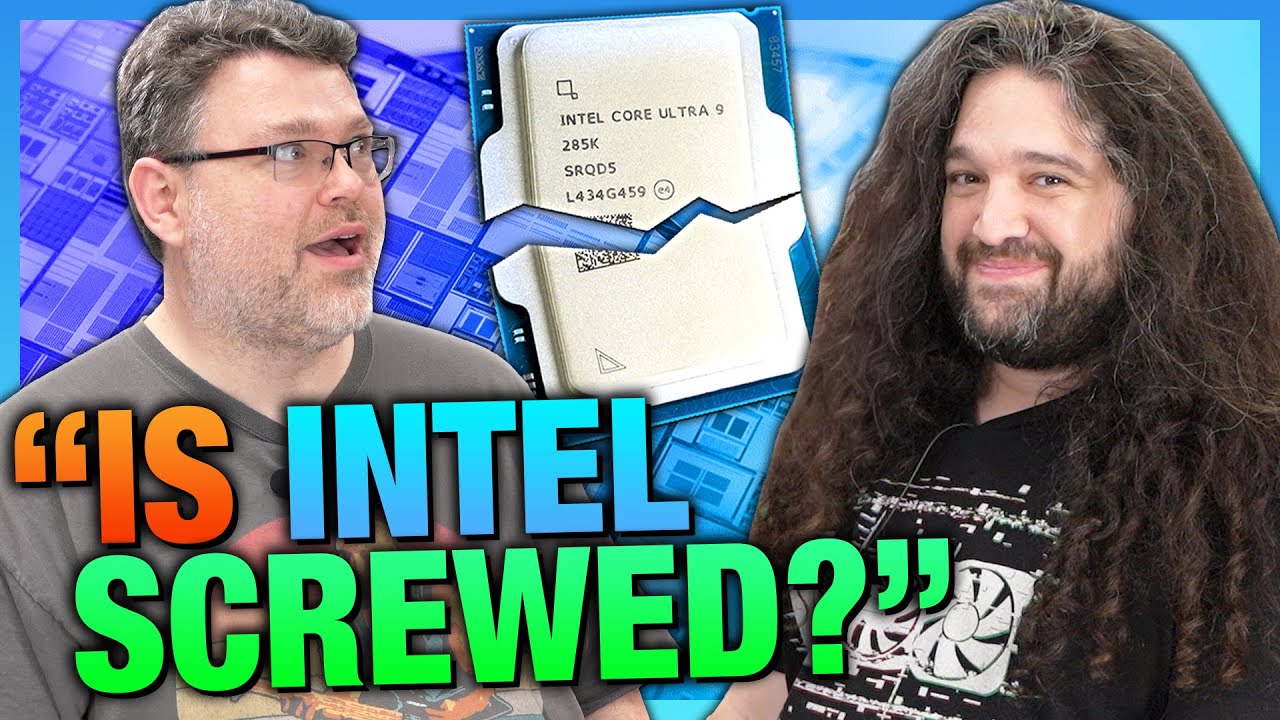In the video, Wendell from Level1 Techs discusses Intel’s challenging position in the semiconductor industry, acknowledging its strong engineering talent and memory controller technology but highlighting ongoing execution issues and fierce competition from AMD’s dominant Zen architecture. While Intel faces significant hurdles, including halted fab projects and market perception challenges, its future hinges on consistent product releases and innovation to remain competitive and prevent monopolistic dominance in the industry.
The video features a discussion with Wendell from Level1 Techs about the current state and future prospects of Intel in the semiconductor industry. Wendell suggests that Intel might be experiencing a “Zen One moment,” a reference to AMD’s breakthrough with its Zen architecture, indicating Intel could be on an upward trajectory despite facing significant challenges. However, he acknowledges that many things could still go wrong for Intel, including issues with execution and market perception, especially as AMD currently dominates consumer preferences, with over 80% of the audience’s purchases favoring AMD CPUs.
A key point in the discussion is Intel’s strength in memory controller technology, which Wendell praises for its robustness, especially compared to AMD’s earlier generations. However, AMD has made significant strides with Zen 5, particularly in memory bandwidth and performance, which Intel needs to match or surpass. The conversation highlights the importance of memory bandwidth in both desktop and server environments, noting that AMD’s Threadripper and Zen 5 platforms have opened up new possibilities, though Intel’s Xeon 6 series remains competitive with its high memory transfer rates.
The video also delves into the history of AMD’s rise, noting how AMD struggled during the Bulldozer era but made a strong comeback with Zen architecture, particularly with the Naples and Rome server CPUs. Wendell points out that AMD’s consistent execution and competitive pricing have made it a formidable player in both consumer and enterprise markets. Meanwhile, Intel is grappling with internal challenges, including fab issues, layoffs, and a lack of consistent product cadence, which have hurt its market position and brand reputation.
Intel’s current predicament is further complicated by its halted fab construction projects and reliance on external fabs like TSMC, which also serves Intel’s competitors. The discussion touches on Intel’s leadership and strategic decisions, including the departure of CEO Pat Gelsinger, whose ambitious investment plans were cut short. Wendell emphasizes that Intel’s future success hinges on maintaining a consistent product release cadence and delivering substantial improvements with upcoming Xeon processors to regain confidence in the enterprise sector.
In conclusion, while Intel faces significant hurdles, Wendell expresses hope that the company’s strong engineering talent and legacy can help it recover. He stresses the importance of having multiple competitive players in the semiconductor industry to avoid monopolies, which can stifle innovation and lead to negative outcomes. Ultimately, Intel must execute well on its roadmap and leverage its strengths to remain relevant, but the path forward is uncertain and requires careful navigation amidst fierce competition from AMD and evolving market demands.
